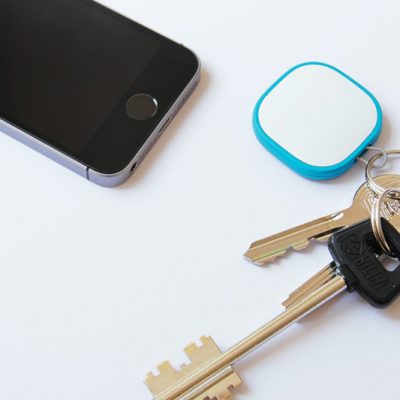Winning Bidding Strategies – From The Tax Lien Lady
Recently I went to a tax sale in New Jersey. It was a very small tax sale in a small rural borough. There were only 7 properties in the tax sale and I was able to get 2 liens at 10 and 12 percent. That’s not bad at all in today’s competitive tax sale environment in New Jersey. Usually at a tax sale like this I come away empty handed because I’m not willing to pay premium for small tax liens.
Most of the liens in this sale (all but one) were under $600. In some states, local governments sell utility liens at the tax sale right along with the taxes. Anything that is paid to the local municipality can be sold as a tax lien at these tax sales. Most of these liens were for either water or sewer delinquencies. Only one lien included taxes along with delinquent sewer amounts and was just over $1700. All of the others were for either water or sewer amounts or both.
The trend in the last couple of years in New Jersey has been to bid premium on these small utility liens. Investors are willing to pay premium on these liens in order to pay the subsequent taxes. But on small utility liens, you usually do not get to pay the subsequent tax payments, but only the subsequent sewer or water amounts which are much smaller than the tax amounts. Keep in mind that in New Jersey, the interest on the lien is first bid down to 0% before premium is bid. Although you do get your premium back if the lien is redeemed in 5 years, you do not get interest on the premium amount bid or on the lien amount. You do get a small penalty on the lien amount and the statutory interest rate (18% once the tax payer is $1500 delinquent and 8% on anything before that).
What some tax lien funds have been willing to pay to get these small utility liens has gotten a little out of hand. In the last year I have seen them pay up to $1500 premium to get a small $200 or $300 lien. What that really amounts to is that they are making such a small blended return on their investment that it’s really not worth it at all; especially for the individual investor.
So how was I able to buy 2 small liens at decent interest rates at the last tax sale I attended? First I went to a small sale that had only 15 liens on the original tax sale list and there were only 7 properties left on the list on the day of the sale. Secondly, there were no really big liens in this sale; the largest one was under $2000. Large liens bring out all the competition.
Third, you’ve got to know when to stop bidding. I actually was a little lucky at this sale as there was only one other bidder representing a tax lien investing fund company. I bid on every lien except one, but I didn’t bid him down too far. If you don’t get greedy and insist on bidding every lien to your bottom line, then the other bidders might not bid every single lien down to their bottom line.
The forth thing is that I was happy to get the crumbs from this sale. What I mean is that the 2 properties that I got liens on were the worst properties in the sale. One was bank owned and falling apart. It hadn’t been taken care of in years. You can see a picture of it on the cover of this issue. You can’t see it from the picture, but it also had junk piled up in the driveway and backyard and a dilapidated, falling down shed in the back. The other house was vacant and about to be foreclosed by the bank. It was also a very small house with no garage, in need of some TLC and a lot of updating.
If I had decided not to bid on these properties because of their condition, I would have missed out on a couple of good liens, and the only liens that I would have been able to get. You have to be willing to take what the big boys don’t want or are willing to let go. These properties might be vacant and in terrible shape but they are still good liens. The bank is going to redeem them at some point, but probably not until they sell them which could take a long, long time. That will give me time to pay subsequent utility payments (remember these were small utility liens, add to my investment and make more interest!




